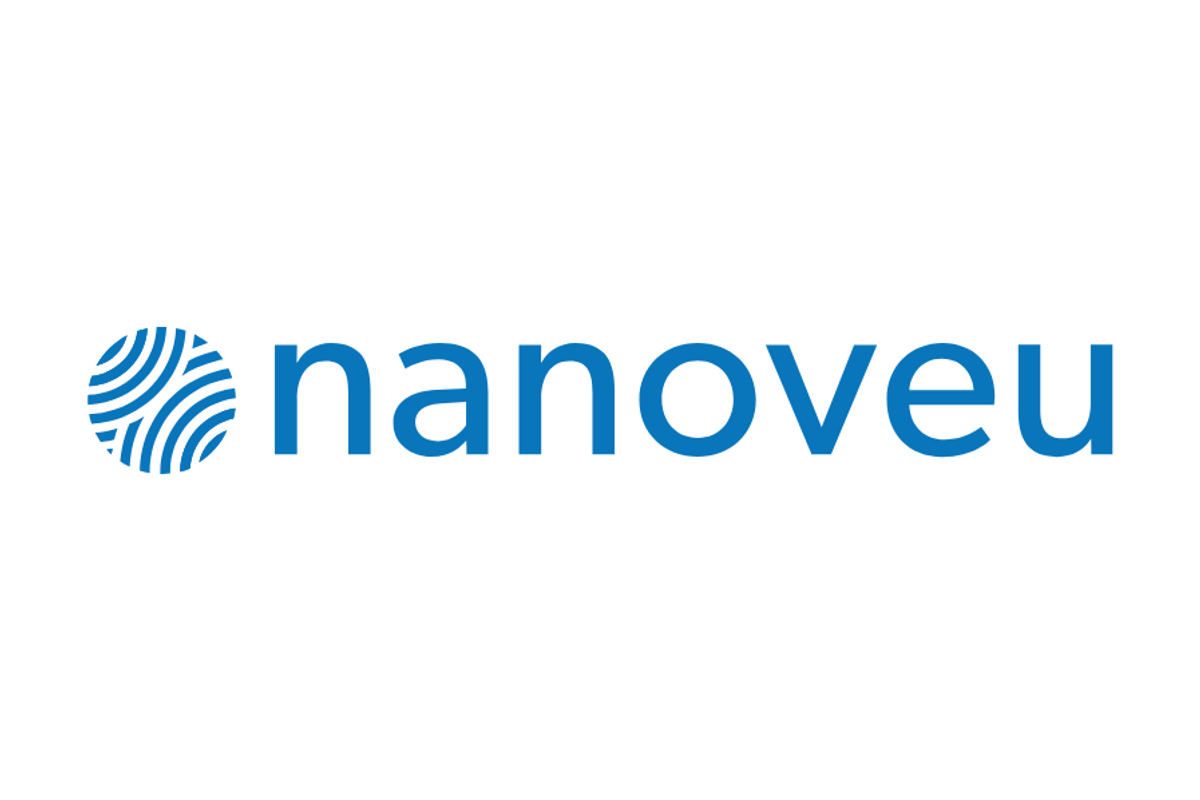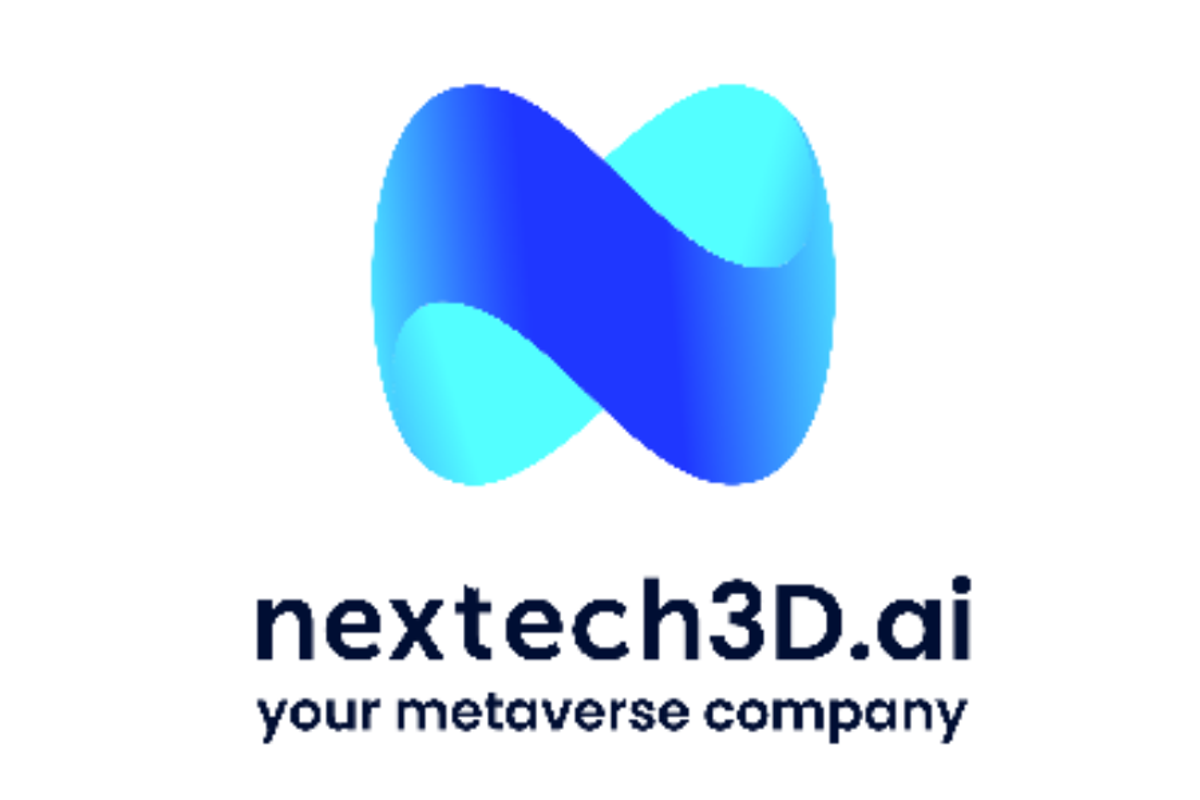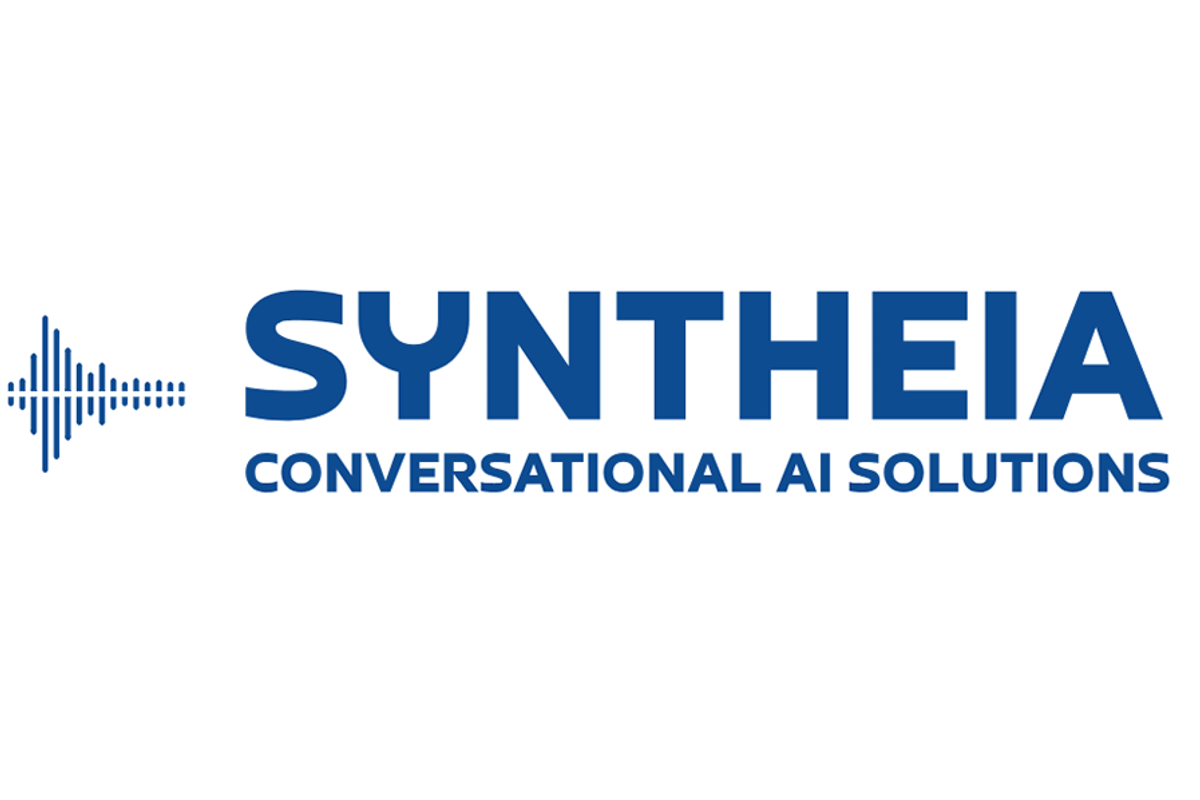
February 09, 2025
Nanoveu positioned to accelerate growth in AI-driven edge semiconductor solutions
Nanoveu Limited ("Nanoveu" or the "Company") (ASX: NVU), following on from its announcements on 15 October 2024 and 22 November 2024, is pleased to announce the completion of its binding Share Sale Agreement regarding its 100% acquisition of Embedded A.I. Systems Pte. Ltd. (“EMASS”), a leading System-on-Chip (SoC) semiconductor design company, following shareholder approval and completion of due diligence4. This transaction marks a key strategic moment for Nanoveu and adds cutting edge semiconductor technology to its suite of commercial offerings.
Highlights
- Nanoveu executes binding Share Sale Agreement regarding its 100% strategic acquisition of Embedded A.I. Systems Pte. Ltd. (“EMASS”), a System-on-Chip (“SoC”) semiconductor design specialist.1
- The acquisition is reinforced with the recent appointment of Mark Goranson2, an accomplished semiconductor CEO with extensive experience in scaling and commercialising semiconductor technologies who will lead Nanoveu’s new semiconductor division.
- Nanoveu to join a select group of ASX-listed semiconductor innovators, positioning the Company to participate in the growing global demand for ultra-low power, Edge computing and AI applications across numerous markets such as wearables, autonomous automobiles, drones, medical and smart home systems and Internet of Things (“IoT”) devices3
- Targeted Growth Roadmap for 2025:
- Advance Nanoveu’s EyeFly3D™ platform through integration of EMASS’s ultra-low-power SoC for real-time, glasses-free 3D conversion
- Pursue partnerships with wearables, drones, and IoT device manufacturers to commercialise EMASS’s leading Edge technology.
- Recruit top-tier semiconductor engineers to accelerate connectivity innovations and broaden addressable markets
- Enhance ultra-low-power capabilities for battery-powered devices, reducing energy consumption and carbon footprints
Financial G Strategic Rationale
- EMASS’s SoC solution to be embedded into Nanoveu’s EyeFly3D™ product to deliver faster, latency-free 2D- to-3D conversions on mobile devices without reliance on cloud processing to improve the user experience.
- By leveraging EMASS’s ultra-low-power architecture, Nanoveu can target broader IoT segments, including wearables and next-generation consumer electronics, sectors experiencing significant growth amid rising global demand for edge AI applications.
- With acquisition value tied to script and future performance milestones, shareholder interests are aligned.
Driving Innovation Under New Semiconductor Leadership
The acquisition is further reinforced with the major leadership addition at Nanoveu with the appointment of a semiconductor veteran, US-based Mark Goranson, to head the Company’s new semiconductor division (Nanoveu Semiconductor). Mr. Goranson drove hardware innovation for some of the world’s largest semiconductor companies and is experienced at forging strategic alliances. Mr Goranson will focus on integrating EMASS’s technology and accelerating commercialisation and partnerships.
Dr Mohamed Sabry Aly, Founder of EMASS, will remain involved with Nanoveu’s strategic vision, leading continued innovation in Nanoveu’s semiconductor and AI-driven technologies. Dr Aly brings a distinguished track record in hardware innovation, having led major semiconductor design initiatives, including a US$25 million project in Singapore and groundbreaking research at Stanford University that contributed to a US$75 million DARPA-funded program on emerging nanodevices.
Nanoveu Semiconductor CEO, Mark Goranson remarked: “With the current spade of AI technology coming from China, the underlying driver of these technologies underpins (SOC) offering. This will build market leadership for EMASS as we remain agnostic of current AI algorithms developed. We are seeking to redefine the limits of AI efficiency - 30 billion operations per second on just 2 milliwatts. That’s intelligence at the power level of a heartbeat. With up to 12 TOPs per watt, our ultra-low-power AI SoC is not just smaller and faster, in my opinion it’s the future of energy-efficient computing."
Competitive Landscape
By expanding into semiconductors, Nanoveu joins with notable ASX peers and international companies developing energy-efficient AI and edge computing hardware, an industry sector projected to see rapid growth due to the rising global demand for low-latency, high-performance devices. The EMASS acquisition positions Nanoveu alongside innovators driving ultra-low-power and edge-computing solutions such as Ambiq, Syntiant and ETA Compute.
Preliminary MLPerf Tiny v1.2 benchmarking of EMASS’s chipset underscores its strong performance, energy efficiency, and reliability, reflecting Nanoveu’s alignment with the next wave of AI and SoC innovation5. Its performance, energy efficiency, and reliability, highlights its capability to address ultra-low-power computing needs in this rapidly evolving sector.
Click here for the full ASX Release
This article includes content from Nanoveu, licensed for the purpose of publishing on Investing News Australia. This article does not constitute financial product advice. It is your responsibility to perform proper due diligence before acting upon any information provided here. Please refer to our full disclaimer here.
The Conversation (0)
17h
AI Market Forecast: Top Trends for AI in 2026
Artificial intelligence (AI) has cemented its role as a key sector for investors, but its path forward is shifting.Several catalysts, including sustained AI infrastructure spending and US Federal Reserve interest rate cuts, are poised to drive tech sector growth in 2026; however, massive capital... Keep Reading...
23 December
Nextech3D.ai Provides Shareholder Update on Krafty Labs Acquisition and Announces New CEO Investment
CEO Investment Is a continuing sign of commitment and alignment with shareholders as he already is the largest shareholder and owns 32mill shares TORONTO, ON / ACCESS Newswire / December 23, 2025 / Nextech3D.ai (CSE:NTAR,OTC:NEXCF)(OTCQX:NEXCF)(FSE:1SS), an AI-first event technology and digital... Keep Reading...
19 December
Tech Weekly: Micron Rises on Latest Results, Trump Media Jumps on TAE Merger
Welcome to the Investing News Network's weekly brief on tech news and tech stocks driving the markets. We also break down next week's catalysts to watch to help you prepare for the week ahead.Don't forget to follow us @INN_Technology for real-time news updates!Securities Disclosure: I, Meagen... Keep Reading...
18 December
AI Market 2025 Year-End Review
2025 marked the digestion phase for artificial intelligence (AI). Central to this shift was the widespread move from pilot projects to full-scale implementation of AI, even as companies navigated ongoing macroeconomic, geopolitical and ethical challenges.Big Tech unleashed hundreds of billions... Keep Reading...
18 December
Turnium and Syntheia AI Commence Commercial Rollout of AI-Powered Communications Platform Across Partner Network
Collaboration achieves revenue-generating commercialization and scale deployment milestones
Turnium Technology Group Inc. (TSXV: TTGI) (FSE: E48) ("TTGI" or "the Company"), a global Technology-as-a-Service (TaaS) wholesale provider, is pleased to announce a global commercialization partnership with Syntheia Corp. ("Syntheia") (CSE: SYAI), a leading provider of conversational AI... Keep Reading...
16 December
Nextech3D.ai Appoints Global Head of Sales
Appointment Strengthens Sales Execution as Company Focuses on Scaling Revenue and Efficiency TORONTO, ON / ACCESS Newswire / December 16, 2025 / Nextech3D.ai (CSE:NTAR,OTC:NEXCF)(OTCQX:NEXCF)(FSE:1SS), an AI-first technology company providing event technology, 3D modeling, and spatial computing... Keep Reading...
Latest News
Interactive Chart
Latest Press Releases
Related News
TOP STOCKS
American Battery4.030.24
Aion Therapeutic0.10-0.01
Cybin Corp2.140.00




